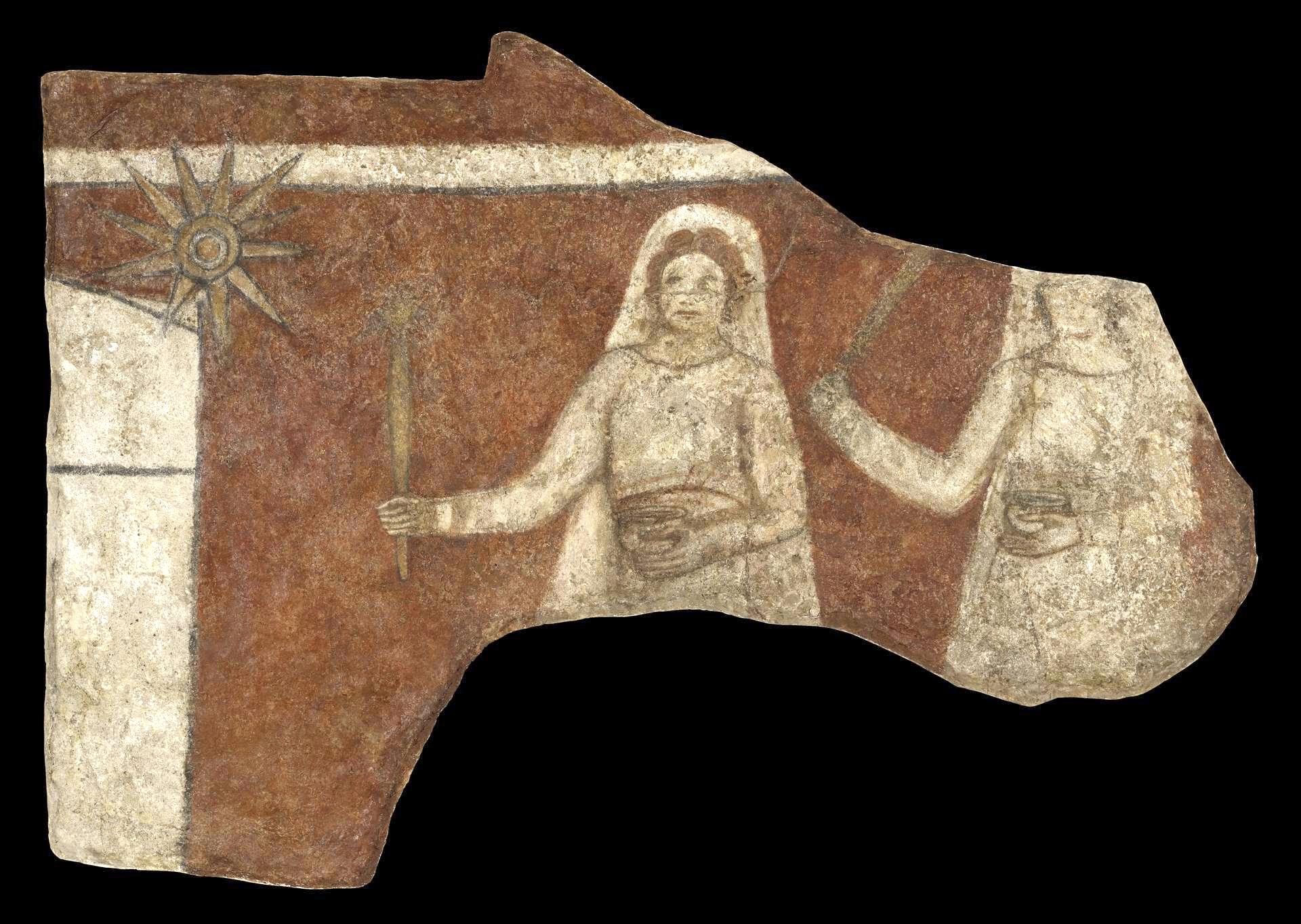
[ad_1]
Where did early Christians come together to worship? Later tales of these gatherings focus on converts meeting within so-called “house churches.” These were described as private residences used for Christian worship in the first three centuries CE. Biblical references to Roman homes used for community gatherings in the New Testament have motivated modern scholars to search high and low for ancient apartments, houses, or villas that might have served communities as proto-churches for the emerging religion. The search for physical examples has been largely fruitless, save for one alleged example in eastern Syria, at the Roman site of Dura-Europos.
The only securely dated early Christian “house church” prior to the reign of the emperor Constantine in the early 4th century CE sits in a renovated building that used to be a private home. Dura-Europos, a vibrant Near Eastern city near the Euphrates River and the border of modern-day Iraq, had between 10,000 and 15,000 residents approximately. However, a study forthcoming in the Journal of Roman Archaeology argues that this famed “house church” of Dura-Europos was something altogether different and questions whether the building was still a residence when used for Christian worship — rewriting many of the myths surrounding the physical spaces of early Christian churches.
The site of Dura-Europos sat close to an eastern frontier of the Roman Empire. In addition to baths and barracks, it had numerous important religious spaces for its cosmopolitan population. This included a synagogue, a Mithraeum for worshiping the god Mithras, and a “Christian Building” often cast as the oldest house church known today. But in new research on the purported “world’s oldest church,” Yale University archaeologist Camille Leon Angelo and architectural researcher at the University of Manchester Joshua Silver ask whether the Christian gathering space shared anything in common with Dura’s houses, when used by early Christian worshippers. In the process, they further deconstruct the long-held myth of the elusive domus ecclesiae, the house church, adding to earlier evidence published by ancient history scholar Kristina Sessa showing that the term is often used inaccurately and anachronistically to romanticize and geolocate early Christian gathering spaces in the domestic sphere. In reality, both the term and the material evidence for such house churches come far later, from the period of Emperor Constantine (313–337 CE) onward.

In their landmark study, Angelo and Silver use architectural adaptations, before-and-after 3D reconstructions, and even simulations of daylight within the building to show how later renovations to the previous residence significantly modified it for use as a church. Such transformations turned it into an altogether different and non-domestic gathering space for Christians at Dura-Europos. A study of the window repositioning, the doors, and many other architectural elements show that the building was transformed into a popular meeting place with architecture unlike any of Dura’s private residences.
The Christian Building at Dura-Europos remains important to the overall history of Christianity in the Mediterranean. The structure was in use from sometime in the early 3rd century to between 254 CE and 256 CE, when, just like the synagogue and Mithraeum, it was buried. As the authors noted in the article, the building was then “sealed beneath the rampart and the city besieged by the Sassanians” who attacked from the east. Angelo and Silver underscore that the Christian building at Dura-Europos remains “the archaeological record’s only securely dated example of a pre-Constantinian Christian community space.”
However, the romanticized idea that it serves as the sole physical proof for oft-persecuted Christians worshiping in houses for safety is not borne out by the archaeological and architectural evidence, argue the authors, whose research reveals that the story of early Christianity is not immutable. As archaeologists begin to peel back the mythic layers to uncover the truth about the emerging religion, there is room to put new wine into old wineskins.
[ad_2]